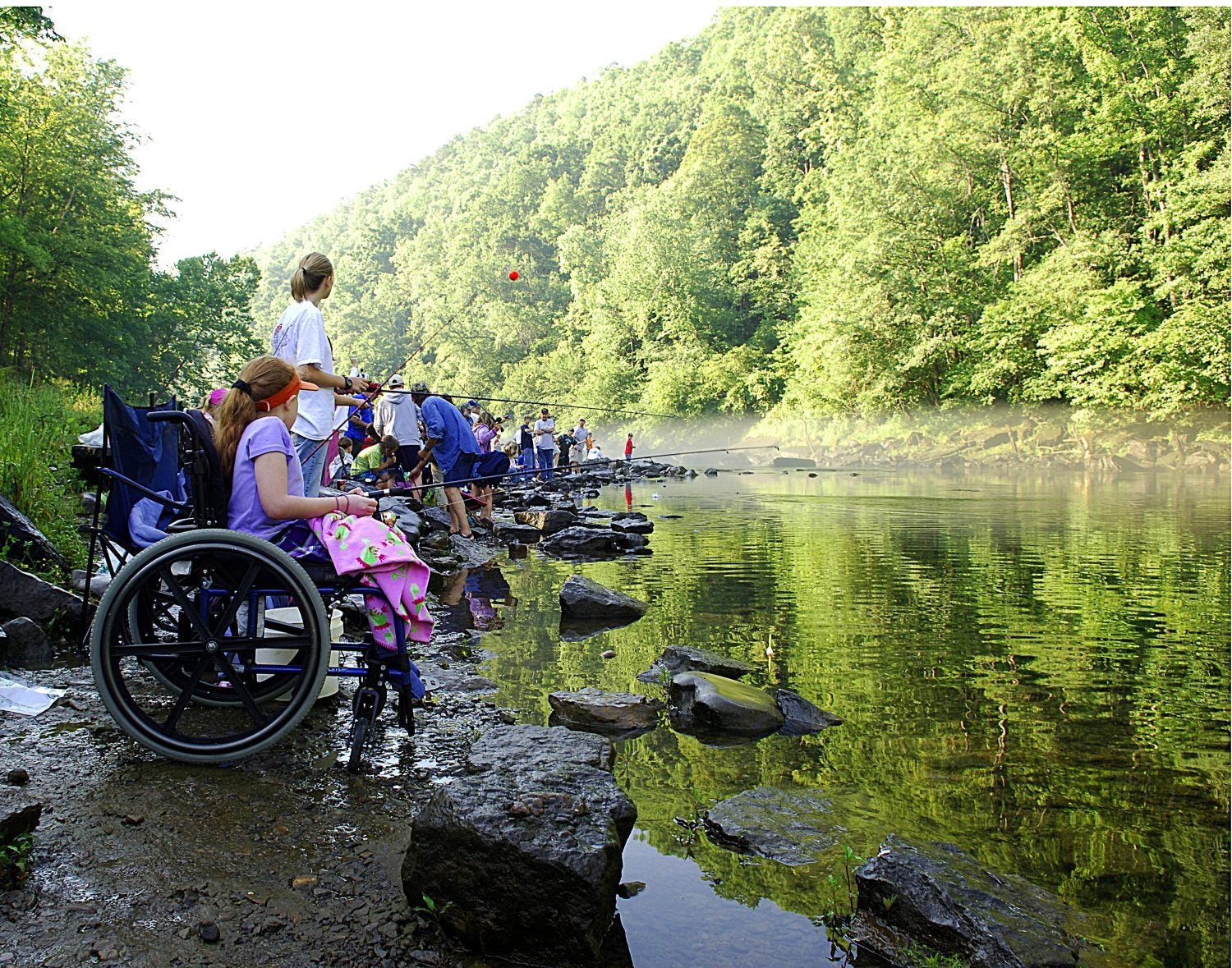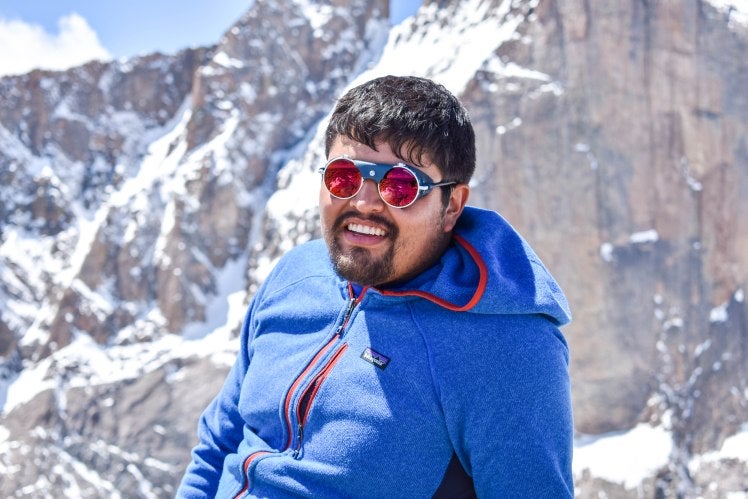Spending time in nature provides a host of benefits, from lowering blood pressure and stress to boosting immune system function. Simply getting a breath of fresh air and a little sunshine can shift our moods for the better, even if we don’t exert ourselves outside. For many people living with disabilities, though, there can be significant barriers to getting into the great outdoors. While ADA-accessible campgrounds do exist, there’s a lot of ground to cover to improve access to all.
Earlier in February, the United Stated House of Representatives voted to weaken the Americans With Disabilities Act, making it harder for disabled people to pursue discrimination cases. This change is expected to make it harder for people with disabilities to advocate for increased accessibility in housing, transportation, and recreational areas like campgrounds and parks.
We think it’s important for all of us to understand how all people experience the outdoors, and what types of challenges they face. When it comes to disabilities, being aware of these challenges and how they can be alleviated is one of many steps necessary in increasing the accessibility of the outdoors for all.
ADA-Accessible Campgrounds Are Just One Piece of the Puzzle
Thanks to the ADA, there are some state and federal parks that offer handicapped accessible campsites that can accommodate wheelchairs and feature level, paved surfaces and other amenities like bathrooms that meet accessibility standards.
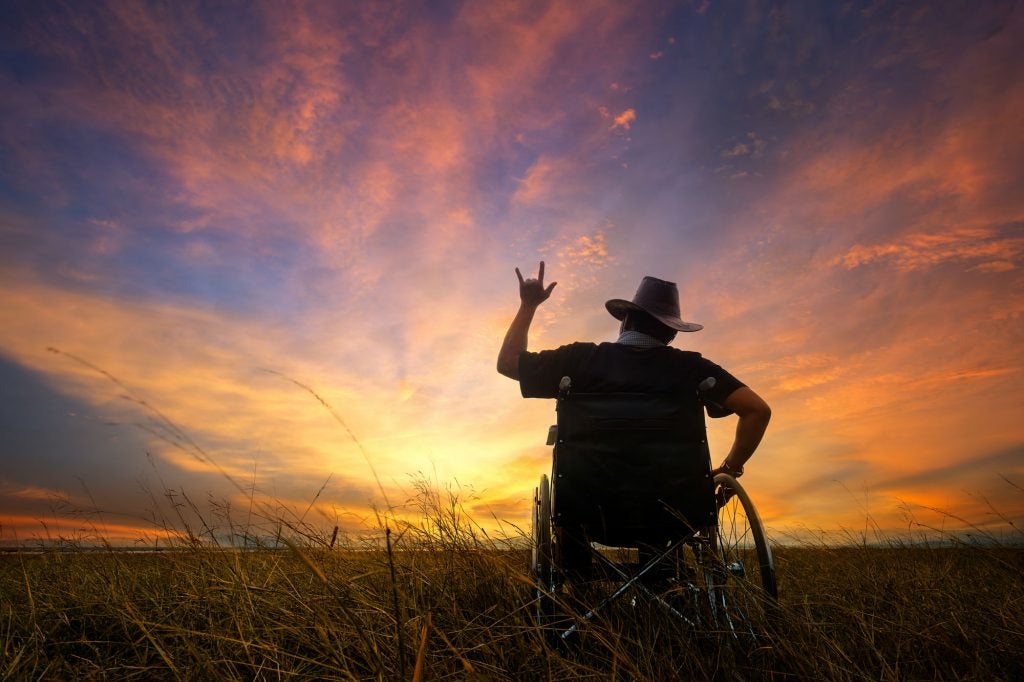
However, that doesn’t mean that every park is going to work for every disabled person. Raising awareness about a wide range of accessibilities issues can help reduce barriers for people of all levels of ability who want to enjoy the great outdoors.
Invisible Disabilities Are a Barrier, Too
Often, abled people only consider visible disabilities when they picture campsite or trail accessibility– such as whether someone in a wheelchair would be able to roll down a paved trail or boardwalk, or into a cabin or shelter. However, invisible disabilities and chronic illnesses exist too, and absolutely affect outdoor access.
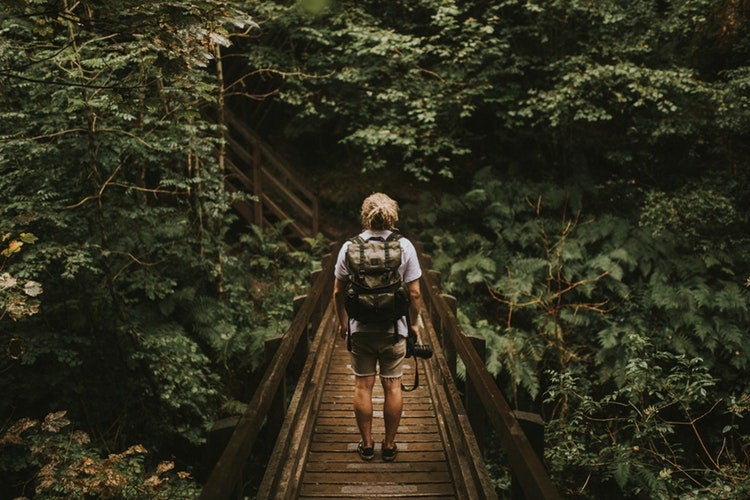
Someone who doesn’t use assistive devices like wheelchairs, rollators, or canes might nonetheless have limits to how far he or she can walk. Unpaved surfaces can present a challenge, especially if you have an uneven gait, are prone to falls, or joints that easily sublux.
If you’re lucky, you might live near the country’s only fully ADA-accessible campground, Simax Group Camp in Deschutes, Oregon. If not, you’ll want to look for campgrounds with amenities that might be compatible with different disabilities or conditions. A campground with transit service and boardwalks like Upper Pines Campground in Yosemite, Camp Gateway on Staten Island, or Saddlehorn Campground in Grand Junction, Colorado might be more accessible for someone with limited mobility, for example.
Then there are other considerations, like what you’ll do in case of a medical emergency. Many chronic conditions and invisible disabilities don’t necessarily involve mobility. Instead, they require carefully managing fatigue or medication or mean something relatively minor like dehydration or exhaustion could quickly spiral into a trip to the ER.
Epileptics, for example, may need to be extra careful about hazards like steep falls, bodies of water, or activities like rock climbing. Those with chronic lyme or fibromyalgia may experience unexpected joint inflammation, pain, fever, or other symptoms. In that case, choosing a campsite relatively close to urban medical facilities, like Kirby Cove Campground in Golden Gate Recreation Area could offer peace of mind.
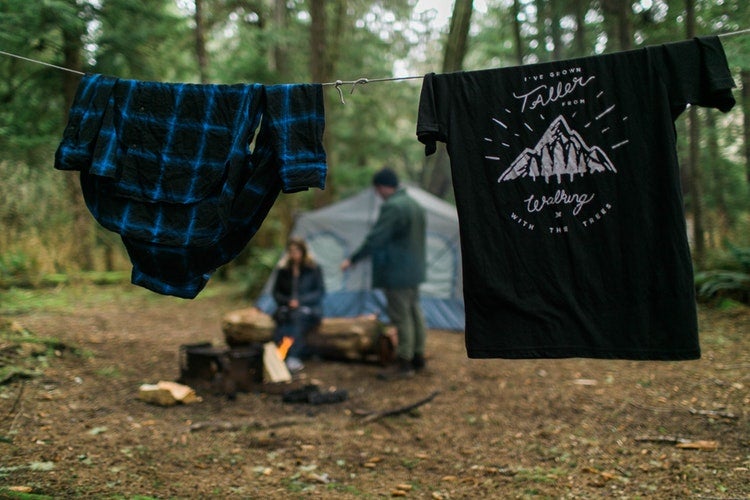
Some people with disabilities might find an RV campground would be a better option. That guarantees an actual bed, bathroom, storage for assistive devices and other gear, as well as reliable means of transportation in case of emergency. ATV and car camping are other ways you might increase your safety and comfort in the outdoors and make sure you have all the supplies and gear you need.
Gear Can Make a Difference
You might be surprised how rethinking gear can improve your outdoor experience, and the outdoor experiences of friends and families whose abilities might not align with yours.
Tents that feature extra tall doors make it easier for wheelchair or rollator users to move in and out, and reduce the need to stoop. Bell tents and yurts like those at Jesse M. Honeyman State Park in Oregon, also increase accessibility. Both of these styles can usually accommodate wheelchairs or other assistive devices.
As for inside your shelter, raised camping beds or tall air mattresses are easier to get in and out of and are often more comfortable than sleeping on a ground pad.
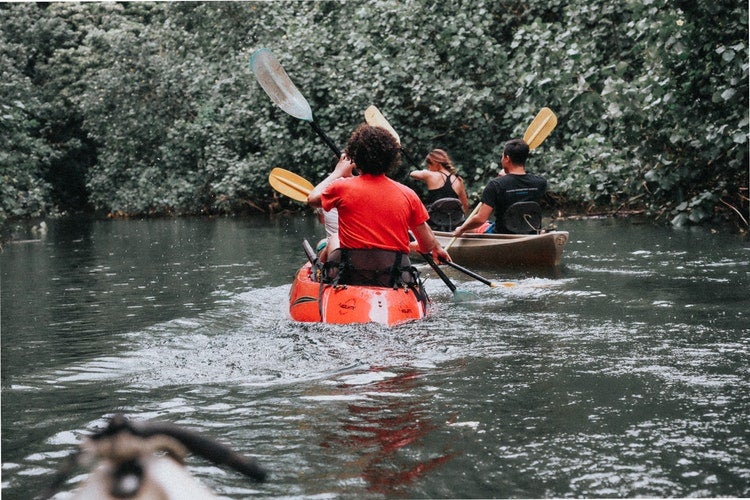
Many assistive devices can now be purchased or retrofitted to have features that make navigating the outdoors easier, too. Mobility aids with thick tread tires or extra wheels are designed to navigate rougher terrain. In some cases, skipping a hike in favor of an adaptive kayak or canoe might be a better fit for a person’s abilities.
Skiing is another sport that has seen a lot of progress when it comes to adaptive gear, too. Mushing is also a great way to combine the outdoors with a love for animals– and there are many adaptive sled dog organizations like Noble Paws, Urban Mushing, and Wolfsong Adventures.
You’re The Expert
Everyone is the expert on their own abilities and challenges. So don’t take our word for it. If you’re interested in getting outside and how to make outdoor experiences more accessible, here are a few resources you can trust as you explore what would feel right for you and those who join you in the outdoors.
The Mighty is a digital health community dedicated to sharing stories from people living with all sorts of disabilities and health challenges. They have several articles on navigating barriers to the outdoors that can provide insight into what those experiences might be like.
Oregon Adaptive Sports offers a variety of programs year round from skiing to mountain biking and more. Similar organizations include Outdoors For All, the Adaptive Sports Association, Paradox Sports, and the New England Disabled Sports Program.
Learn from People with Disabilities
There are a number of bloggers and writers like The Sweet Adventurer, Wanderstruck Studio, and Eliana Carmona who have documented their experiences traveling, backpacking, nature walking, and living the #vanlife while chronically ill.
Reddit is another, shorter-form platform where spoonie adventurers have shared their experiences and swapped advice.
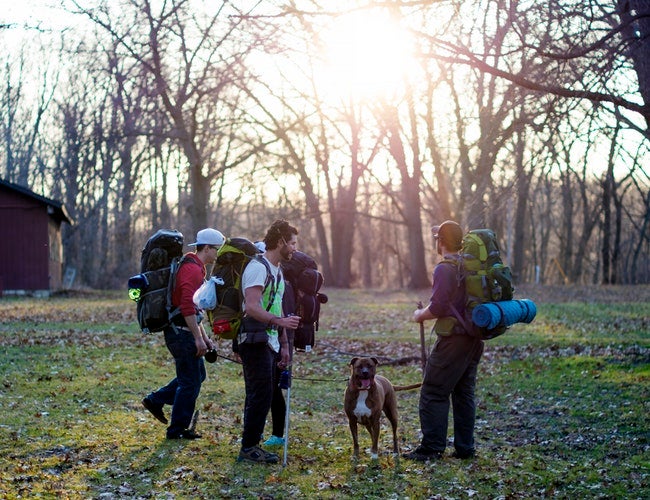
Outside Magazine is a trusted resource, and its articles for disabled adventurers offer valuable insight on experiences that are different (or similar) to our own. They have published articles on everything from adaptive surfing to traumatic brain injury, National Park accessibility, and even fly fishing with PTSD.
A big library of reliable campground reviews like those found at The Dyrt can cut down on the time and effort disabled people have to spend to find the nearest campground that meets their accessibility needs. It’s also a potential resource for people with disabilities to offer advice and observations that wouldn’t occur to the abled.
If you have questions or advice to offer on camping and recreating outdoors with disabilities, join our Facebook Campfire where people are having all kinds of outdoorsy discussions.
The benefits of adventuring outside might not outweigh the risks for every person. Still, we all deserve a world that is accessible to every body regardless of ability, whether we’re exploring our cities or mountains, and that starts with more than just ADA-accessible campgrounds.
Join The ADA Campfire on Facebook for questions, discussion, and community surrounding accessibility in the outdoors.
The Dyrt is the only camping app with all of the public and private campgrounds, RV parks, and free camping locations in the United States. Download now for iOS and Android.
Popular Articles:
Articles on The Dyrt Magazine may contain links to affiliate websites. The Dyrt receives an affiliate commission for any purchases made by using such links at no additional cost to you the consumer.

